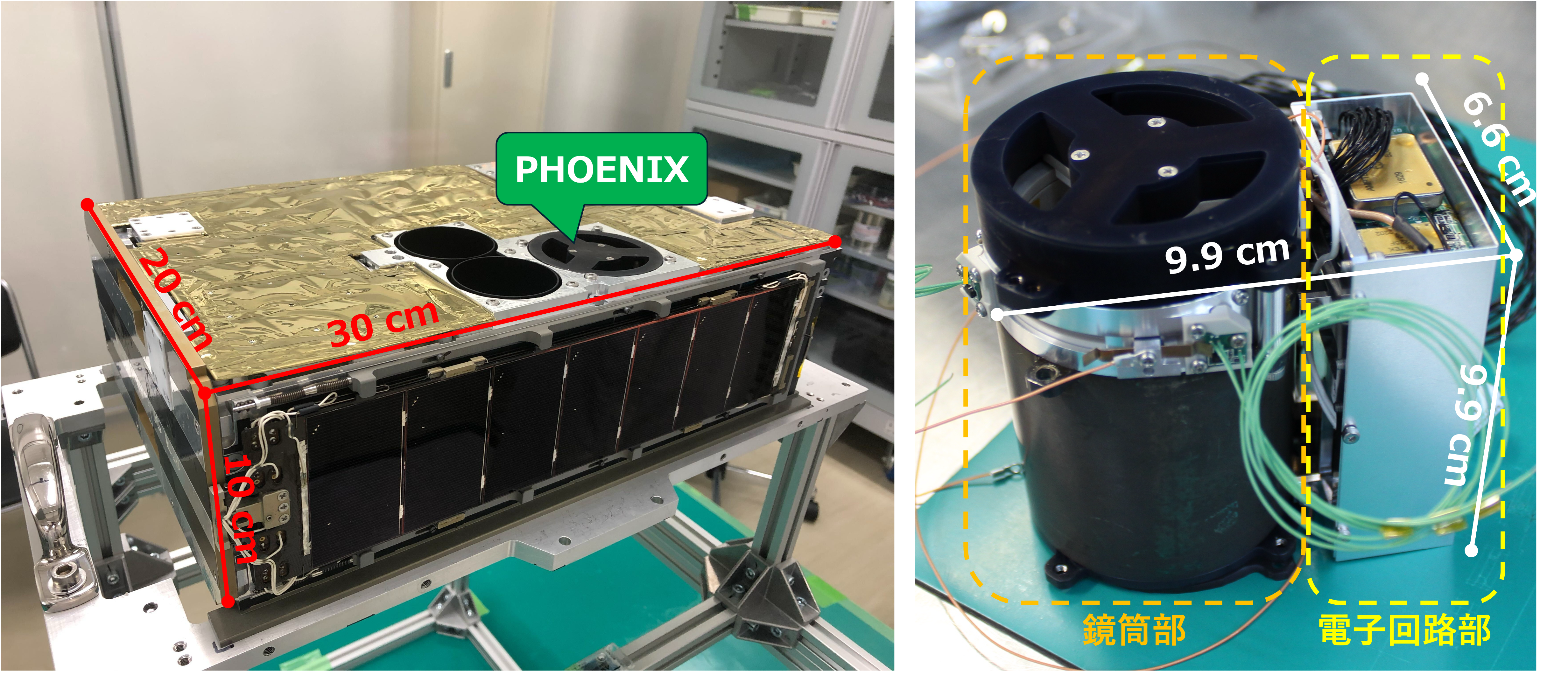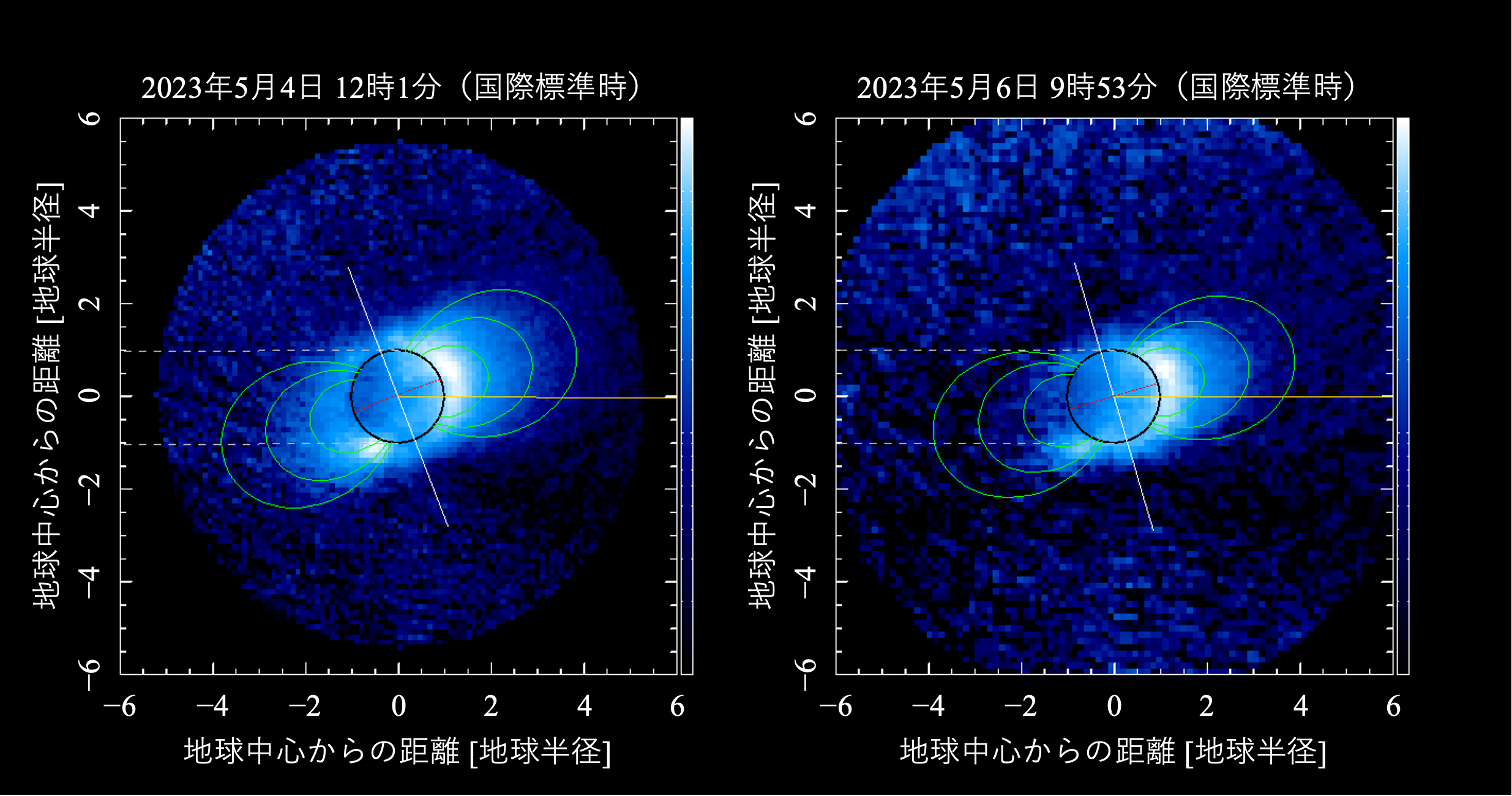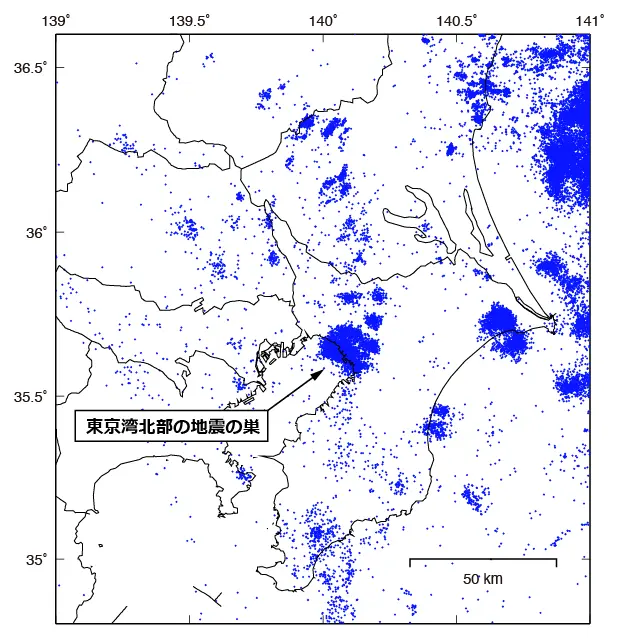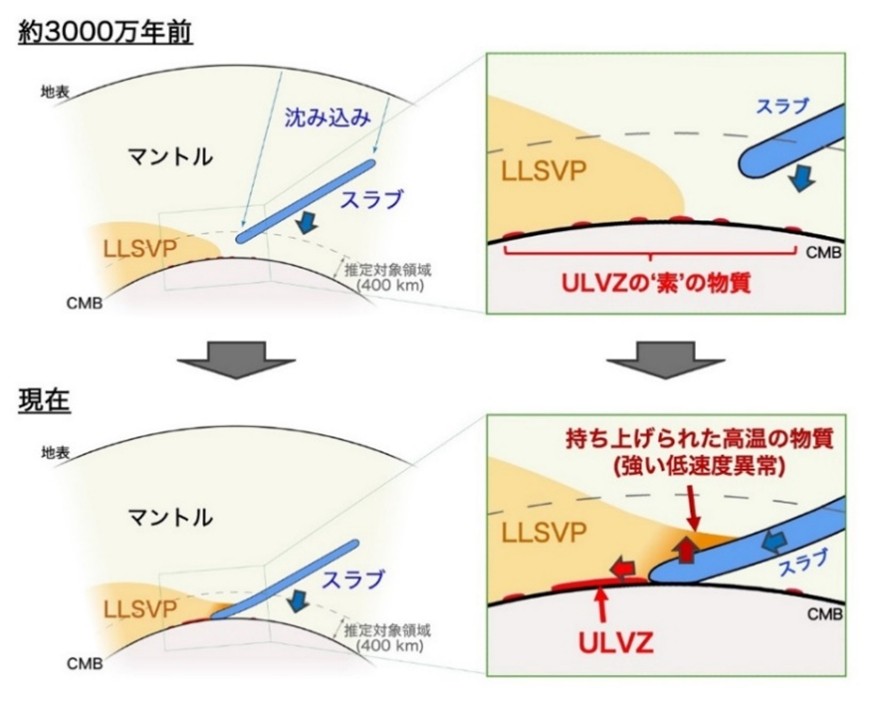2025-04-25 立教大学,東京大学
 図1 超小型深宇宙探査機EQUULEUS(左)と超小型極端紫外線イメージャーPHOENIX(右)
図1 超小型深宇宙探査機EQUULEUS(左)と超小型極端紫外線イメージャーPHOENIX(右)

<関連情報>
- https://www.k.u-tokyo.ac.jp/information/category/press/11574.html
- https://agupubs.onlinelibrary.wiley.com/doi/full/10.1029/2024JA033389
EQUULEUS搭載PHOENIXによる地球プラズマ圏の全球連続画像観測 Global and Sequential Imaging Observation of the Earth’s Plasmasphere by PHOENIX Onboard EQUULEUS
Masaki Kuwabara, Kazuo Yoshioka, Reina Hikida, Go Murakami, Ichiro Yoshikawa, Shintaro Nakajima, Ryota Fuse, Yosuke Kawabata, Ryu Funase
Journal of Geophysical Research: Space Physics Published: 24 April 2025
DOI:https://doi.org/10.1029/2024JA033389
Abstract
The Plasmaspheric Helium ion Observation by Enhanced New Imager in eXtreme ultraviolet (PHOENIX) onboard EQUilibriUm Lunar-Earth point 6U Spacecraft (EQUULEUS) performed global imaging observations of the Earth’s plasmasphere from a meridian view. PHOENIX is a normal-incidence telescope designed to observe He II emission at 30.4 nm, consisting of a mirror coated with molybdenum and silicon multilayers, a thin metallic filter made of aluminum and carbon, and a microchannel plate detector. This paper provides an overview of the PHOENIX instrument, its in-flight calibration, and initial results of Earth observations. During in-flight calibration, it was found that stray light affected the data when the phase angle between the line of sight and the Sun was small, but a method for its removal was developed using stray light observations. The calibration results confirmed that PHOENIX is optimized for He II observation, with a sensitivity of 1.45×10−2 cts/s/pix/Rayleigh for He II. It was also demonstrated that PHOENIX is capable of capturing global images of the Earth’s plasmasphere with an angular resolution of less than 0.19° and a temporal resolution of less than 1.5 hr. In May 2023, PHOENIX successfully conducted imaging observations of the Earth’s plasmasphere while EQUULEUS was on its way to the Earth-Moon Lagrange point 2, revealing the density structure along the dipole-shaped magnetic field lines. Furthermore, the shrinkage of the plasmasphere due to geomagnetic disturbances was captured. This marks the first global imaging of the Earth’s plasmasphere using an ultra-small instrument.
Key Points
- A new ultra-small extreme ultraviolet imager, PHOENIX, was developed with sufficient performance to observe the Earth’s plasmasphere
- PHOENIX successfully captured the density structure of the Earth’s plasmasphere along dipole-shaped magnetic field lines
- This is the first observation of the entire Earth’s plasmasphere using a nano-spacecraft
Plain Language Summary
The Plasmaspheric Helium ion Observation by Enhanced New Imager in eXtreme ultraviolet (PHOENIX) instrument, aboard the EQUilibriUm Lunar-Earth point 6U Spacecraft (EQUULEUS), takes pictures of Earth’s plasmasphere using the special light from He+. It is similar to taking a picture of Earth’s invisible magnetic bubble. The instrument has a novel telescope designed for this purpose. This paper explains how well the instrument works and what it found during its first tests in space. The instrument can take detailed pictures of the plasmasphere, accurately showing its structure. In May 2023, it took pictures while the spacecraft was on its way to a specific spot between the Earth and the Moon, revealing interesting patterns in the plasmasphere’s density. This is the first time such detailed images have been taken using an extremely small instrument on a tiny spacecraft. This new method shows immense promise for future research on the Earth’s plasmasphere.



